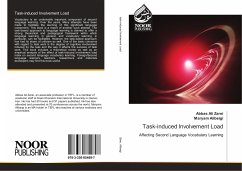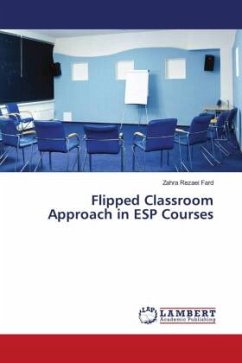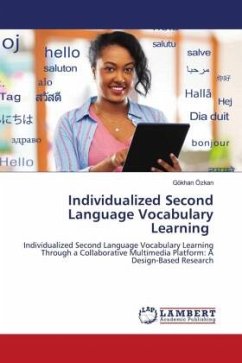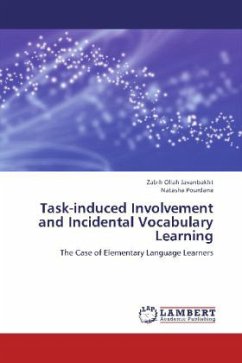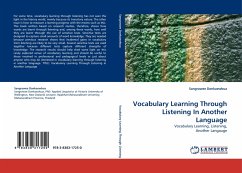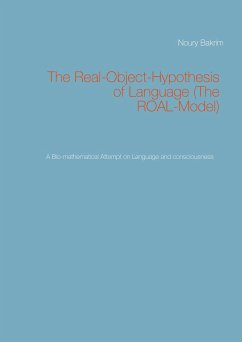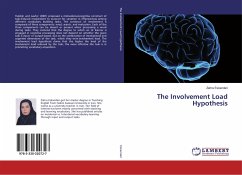
The Involvement Load Hypothesis
Versandkostenfrei!
Versandfertig in 6-10 Tagen
37,99 €
inkl. MwSt.

PAYBACK Punkte
19 °P sammeln!
Hulstijn and Laufer (2001) proposed a motivational-cognitive construct of task-induced involvement to account for variation in effectiveness among different vocabulary building tasks. The construct of involvement is composed of three components: need, search, and evaluation. Each of the three components can be absent or present when processing a word during tasks. They contend that the degree to which an L2 learner is engaged in cognitive processing does not depend on whether the given task is input- or output-based, but on the combination of motivational and cognitive dimensions of the task, ...
Hulstijn and Laufer (2001) proposed a motivational-cognitive construct of task-induced involvement to account for variation in effectiveness among different vocabulary building tasks. The construct of involvement is composed of three components: need, search, and evaluation. Each of the three components can be absent or present when processing a word during tasks. They contend that the degree to which an L2 learner is engaged in cognitive processing does not depend on whether the given task is input- or output-based, but on the combination of motivational and cognitive dimensions of the task, which they term involvement load. The involvement load hypothesis claims that the higher the level of the involvement load induced by the task, the more effective the task is in promoting vocabulary acquisition.



